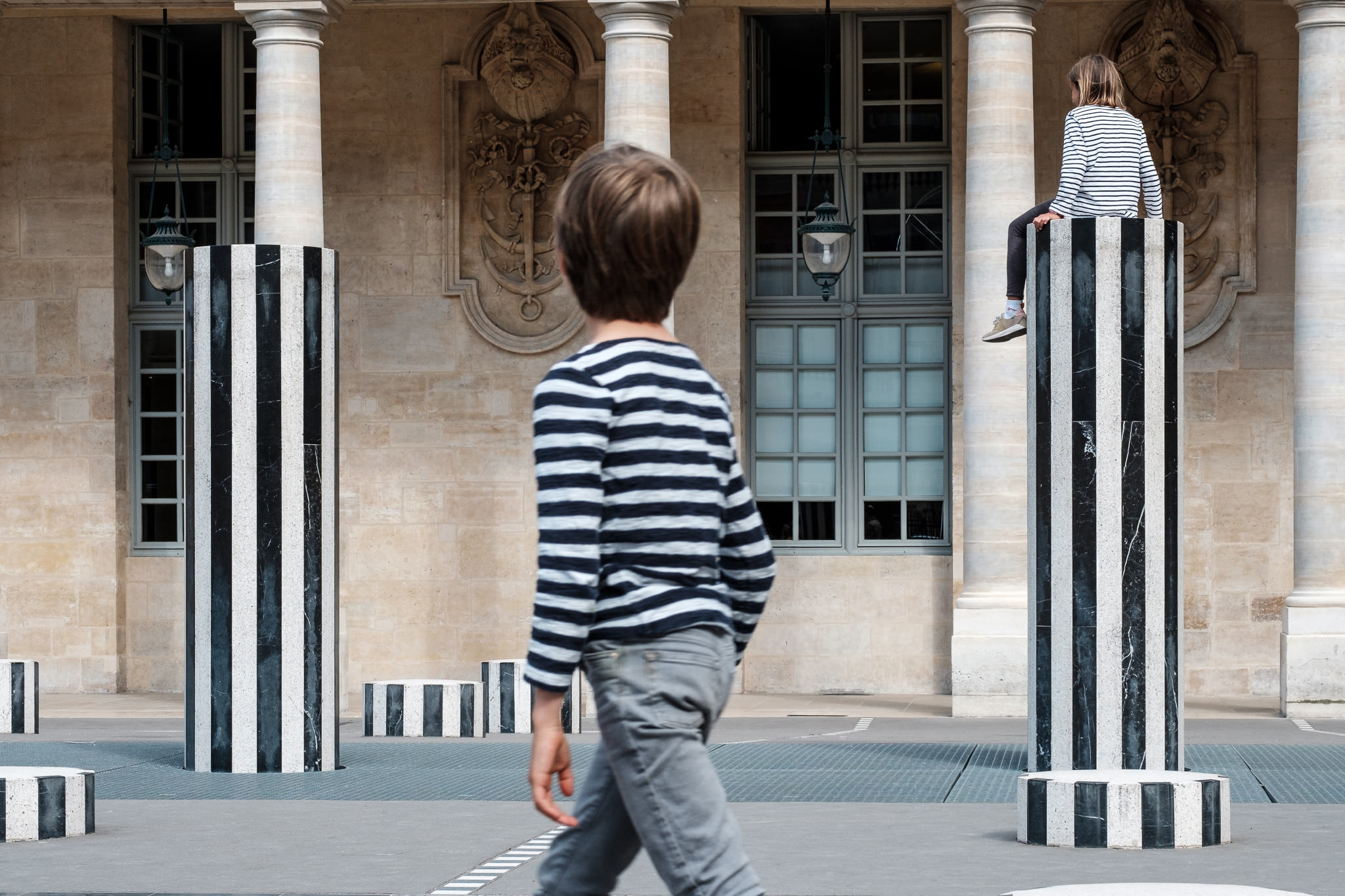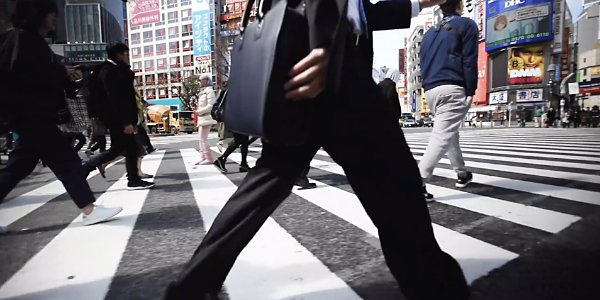The Definitive Guide for Street Photographers
The Definitive Guide for Street Photographers
Blog Article
The 3-Minute Rule for Street Photographers
Table of ContentsA Biased View of Street PhotographersThe Only Guide to Street PhotographersSome Known Factual Statements About Street Photographers Not known Facts About Street PhotographersThe Facts About Street Photographers Revealed
Street professional photographers do not necessarily have a social function in mind, but they choose to separate and capture moments which could or else go undetected.He was influenced by numerous of those who influenced the street digital photographers of the 1950s and '60s, he was not primarily interested in recording the spirit of the road., that worked side by side with photographers attempting to record the essence of city life.
As a result of the fairly primitive innovation readily available to him and the lengthy exposure time called for, he battled to capture the stress of the Paris streets. He experimented with a collection of photo methods, attempting to find one that would permit him to catch movement without a blur, and he found some success with the calotype, patented in 1841 by William Henry Fox Talbot. While the professional photographers' subject was basically the very same, the outcomes were considerably different, demonstrating the impact of the photographer's intent on the character of the images he produced.
More About Street Photographers
Provided the fine high quality of his photographs and the breadth of product, engineers and artists typically got Atget's prints to utilize as recommendation for their own work, though commercial rate of interests were rarely his primary motivation. Instead, he was driven to photograph every last remnant of the Paris he enjoyed. The mingled interest and seriousness of his goal shine through, causing photos that tell his own experience of the city, top qualities that expected street digital photography of the 20th century.

Unlike his peers, Brassa made use of a larger-format Voigtlnder video camera with a longer exposure time, requiring him to be more computed and thoughtful in his practice than he may have been if using a Leica.

The Buzz on Street Photographers
It is due to the fact that of this basic understanding of the art of photo taking that he is frequently attributed with finding the tool around once again about a century because its innovation. He took pictures for more than a half century and affected generations of professional photographers to trust their eye and intuition in the minute.
These are the concerns I will try to address: And afterwards I'll leave you with my very own meaning page of road digital photography. Yes, we do. Let's begin with defining what an interpretation is: According to it is: "The act of defining, or of making something definite, unique, or clear".
No, most definitely not. The term is both limiting and misguiding. Seems like a road digital photography need to be photos of a streets ideal?! And all road digital photographers, other than for a little number of outright newbies, will totally appreciate that a road is not the crucial part to street digital photography, and in fact if it's a photo of a street with maybe a few monotonous individuals not doing anything of passion, that's not road photography that's a photo of a road.
The Only Guide to Street Photographers
He makes a legitimate factor don't you think? While I concur with him I'm not sure "honest public photography" will certainly catch on (although I do kind of like the term "candid photography") since "street photography" has actually been around for a lengthy time, with several masters' names attached to it, so I think the term is here to stay. Street Photographers.
Inside?! I hear you scream as you shake your hand to the sky. Why not? You can contend the beach, at a celebration, in a street, in a park, in a piazza, in a cafe, at a museum or art gallery, in a city station, at an event, on a bridge, under a bridge visit here ...
Yes, I hesitate we have no choice! Without regulations we can not have a definition, and without a definition we do not have a category, and without a category we don't have anything to specify what we do, therefore we are embeded a "rules interpretation style" loop! And no-one intends to get stuck in a loop. - Street Photographers

Report this page